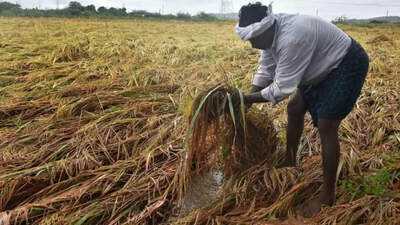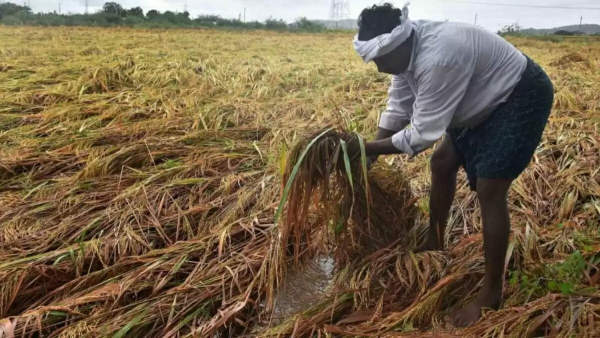
 Ethanol Production from Surplus Rice
Ethanol Production from Surplus Rice
India is currently facing an oversupply of rice, prompting the government to allocate an unprecedented quantity for ethanol production. This surplus is expected to grow with the upcoming harvest, contrasting sharply with the previous shortages that led to a ban on rice exports. The conversion of rice into ethanol is aiding the country in managing excess stocks while also helping achieve the ethanol blending target, especially in light of reduced availability from traditional sources like sugarcane.
In March, India lifted a two-year ban on rice exports that was enacted due to drought conditions. With favorable rainfall this year, a robust crop is anticipated.
A government representative stated that while food security remains a priority, the decision to utilize surplus rice for ethanol production was made when stocks exceeded requirements.
The Food Corporation of India (FCI) has allocated a historic 52 lakh metric tonnes of rice for ethanol, representing about 9% of the global rice trade. This is a significant increase from last year's allocation of less than 3,000 tonnes. As of June 1, FCI reported a total stock of 59.5 million tonnes, while the target for July was only 13.5 million tonnes.
The abundance of rice has helped stabilize maize prices, which had previously surged, leading India to import large quantities of maize. Distilleries that produce grain-based ethanol often switch between maize, rice, and other grains based on market prices.
As the third-largest oil importer, India aims to achieve a 20% ethanol blend in petrol by 2025/26. In May, the blend reached 19.8%, largely due to the availability of rice, a target that seemed challenging after drought conditions in 2023 reduced sugarcane supplies.
According to Arushi Jain from the Grain Ethanol Manufacturers Association, if the government adjusts the rice price or increases the ethanol purchase price, more rice could be utilized for ethanol production. Currently, FCI sells rice at ₹22,500 per tonne, while oil companies purchase ethanol at ₹58.5 per litre, which offers limited profit margins.
B.V. Krishna Rao, president of the Rice Exporters Association, noted that rice production is expected to rise in the coming months, further increasing stock levels. India already holds over 40% of the global rice export market, limiting the potential for additional exports.
Following the lifting of the export ban, India has initiated aggressive rice exports, with projections indicating a 25% increase to 22.5 million tonnes by 2025, potentially impacting competitors such as Thailand and Vietnam.
This year, India has achieved a record rice production of 146.1 million tonnes, while domestic consumption stands at 120.7 million tonnes, according to FAO.
With rising stocks, India may need to allocate an even larger portion of rice for ethanol production in the next marketing period. Himanshu Agarwal, a rice exporter, emphasized that disposing of the substantial stock acquired from farmers will not be an easy task.